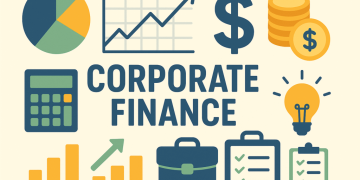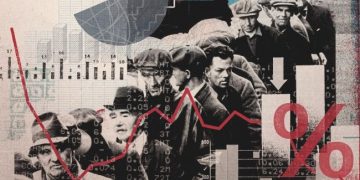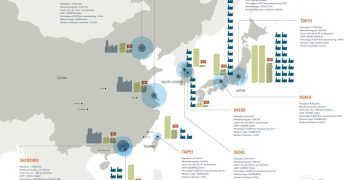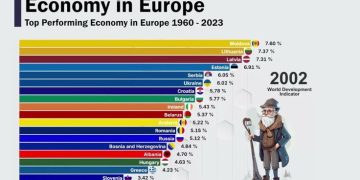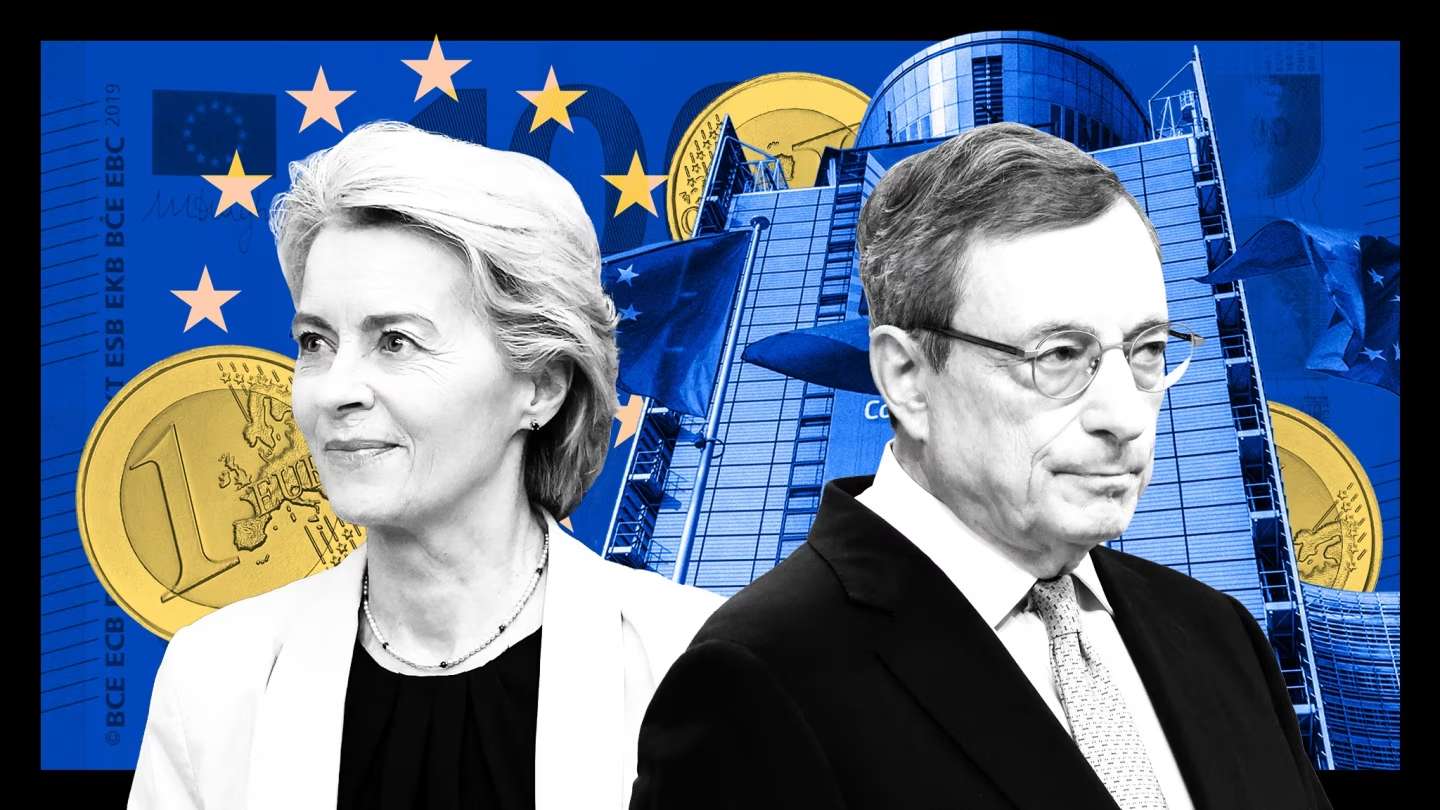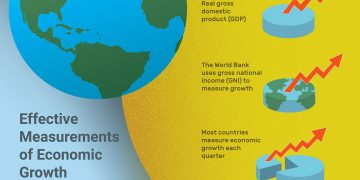Introduction
As 2025 approaches, the U.S. Federal Reserve (Fed) is poised to play a crucial role in shaping the country’s economic landscape. Its decisions on monetary policy, particularly regarding interest rates, will not only influence the domestic economy but also reverberate across global financial markets. Following a period of aggressive rate hikes aimed at curbing inflation, many experts are now speculating about the Fed’s stance going forward. Will the Fed continue tightening monetary policy, or is a shift toward easing on the horizon? This article delves into the Fed’s anticipated actions in 2025, examining the broader economic implications, and offering insights into how investors can position their portfolios in response to the changing monetary landscape.
1. The Federal Reserve’s Policy Stance and Interest Rate Decisions
The Federal Reserve’s primary tool for controlling inflation and stabilizing the economy is its management of interest rates. Over the past few years, the Fed has implemented a series of rate hikes to combat rising inflation. This policy shift marked a dramatic change from the ultra-loose monetary policy that prevailed during the COVID-19 pandemic, which saw the central bank slashing interest rates to near-zero levels in an attempt to stimulate economic activity.
As inflation has shown signs of cooling, the question arises: how will the Fed approach interest rates moving into 2025? The central bank’s recent statements suggest that its focus will be on striking a balance between fostering economic growth and maintaining price stability. The ongoing challenge for the Fed is determining when to halt or reverse its tightening measures while avoiding the risk of reigniting inflation.
In early 2025, it is expected that the Fed will carefully assess economic indicators, such as GDP growth, unemployment rates, and consumer price index (CPI) data, before making any further rate decisions. While inflation appears to be moderating, the Fed is likely to maintain a cautious approach, avoiding a rapid rate cut that could lead to a resurgence in price pressures.
2. How the Fed’s Actions Are Influencing the Broader U.S. Economy and Financial Markets
The Fed’s interest rate decisions have far-reaching consequences for both the U.S. economy and financial markets. Higher interest rates typically result in increased borrowing costs for consumers and businesses, which can dampen spending, investment, and overall economic activity. On the flip side, these rate hikes are intended to slow down inflation by reducing demand across various sectors of the economy.
In 2024, the Fed’s tightening actions have already started to show their effects. Consumer spending has slowed, particularly in sectors like housing, automobiles, and durable goods. Businesses have become more cautious about expansion and hiring, and credit conditions have tightened. While these actions are expected to lower inflation in the long term, they also risk slowing economic growth.
On the financial market front, higher interest rates have led to volatility in stock and bond markets. Equities have faced headwinds as higher rates increase the cost of capital for companies, leading to lower profit margins and reduced valuations. Conversely, bond yields have risen in response to rate hikes, attracting investors seeking safer, income-generating assets. The shift in interest rate policy has also led to shifts in global capital flows, with some international investors reconsidering their exposure to U.S. assets in favor of other markets with higher yields or lower risks.
As we head into 2025, the Fed’s monetary policy will remain a key determinant of market sentiment. Investors will be closely monitoring Fed communications, seeking clues as to whether the central bank will continue tightening or opt for a more dovish stance. A shift toward rate cuts could boost risk assets, including equities, by improving liquidity and lowering borrowing costs. However, such a move would also raise concerns about the potential for inflationary pressures to resurface.

3. Expert Analysis on Whether the Fed Will Continue Tightening or Shift Towards Easing
There is considerable debate among economists and market experts about whether the Fed will continue tightening monetary policy or begin easing in 2025. Those in favor of continued tightening argue that inflation is still not fully under control and that the central bank must remain vigilant in its efforts to curb rising prices. Despite recent declines in inflation, the Fed is likely to maintain a cautious stance, recognizing that any premature easing could lead to another surge in inflation.
On the other hand, some analysts believe that the Fed may shift towards easing in 2025 if the economy begins to show signs of a more significant slowdown. The risk of a recession, particularly if high interest rates continue to dampen economic activity, may prompt the Fed to consider rate cuts. Furthermore, if inflation continues to stabilize and moves closer to the Fed’s 2% target, there may be less need for aggressive monetary tightening.
The most likely scenario for 2025 is a more gradual approach from the Fed. It may opt for a pause in rate hikes, allowing the economy to adjust to the higher rates already implemented. The Fed may also take a wait-and-see approach, monitoring key economic indicators such as inflation, employment, and GDP growth before making any dramatic policy shifts. The central bank’s commitment to a flexible, data-driven approach will be crucial in managing economic risks.
4. Implications for Investors, Particularly in Bonds, Equities, and Real Estate
The Fed’s actions in 2025 will have significant implications for various asset classes, including bonds, equities, and real estate. Understanding these dynamics is critical for investors looking to position their portfolios for success.
Bonds
Higher interest rates have a direct impact on the bond market. As the Fed raises rates, bond yields tend to rise, which can result in a decline in the price of existing bonds. However, if the Fed begins to ease and lower interest rates in 2025, bond prices may rise as yields fall. For bond investors, the key consideration will be the timing of rate changes. Long-duration bonds are particularly sensitive to interest rate changes, so investors with exposure to these assets will need to carefully manage their risk exposure.
Equities
The equity market’s response to Fed policy is complex. Higher interest rates typically exert downward pressure on stock prices, particularly for growth stocks, as the cost of borrowing increases and future earnings are discounted at higher rates. However, if the Fed shifts toward easing in 2025, equities may benefit from lower borrowing costs and improved liquidity. Sectors that stand to benefit most from rate cuts include technology, consumer discretionary, and real estate.
Investors will also need to consider the Fed’s impact on sector rotations. For example, if inflation remains under control and the economy stabilizes, defensive sectors such as utilities and healthcare may become more attractive, as they tend to perform well in periods of economic uncertainty.
Real Estate
The real estate market is highly sensitive to interest rate movements, particularly for residential and commercial properties. Higher rates lead to higher mortgage costs, which can dampen demand for housing and slow the real estate market. Conversely, a shift toward lower rates in 2025 could provide a boost to the housing market by making mortgages more affordable. Commercial real estate may also benefit from lower borrowing costs, although the market’s recovery will depend on broader economic conditions, such as demand for office space and retail properties.
Conclusion
As 2025 approaches, the Federal Reserve’s role in shaping U.S. monetary policy will continue to be a critical factor for both the domestic economy and global financial markets. While the central bank faces a challenging balancing act between curbing inflation and supporting economic growth, its decisions on interest rates will have far-reaching implications for investors across various asset classes. Whether the Fed continues its tightening path or shifts toward easing, investors must remain agile and attuned to changing market conditions in order to navigate the complexities of a post-pandemic economic landscape.






